Fit for the season: The best yoga exercises for windsurfers, wingfoilers and co.
Sascha Lange
· 24.02.2025

"Yoga?! My yoga is called Warsteiner and starts on Fridays from 6pm!" Unfortunately, I am still confronted with such hostility towards yoga in my everyday life. The clichés persist in mostly male structures. However, yoga has long since arrived in the modern world and, as a windsurfer, I can no longer imagine life without it. It's no longer just about incense sticks, "Ommmmm" and linen robes - yoga is so multifaceted that it offers room for every mood, every interpretation and every gender. I'm not taking you on a spiritual journey here, but have selected exercises that will enhance your performance on the water. Holding different postures not only trains your muscles, but also promotes concentration.
For me, the three most important pillars of windsurfing-specific fitness are required in almost every exercise:
- Balance
- Coordination
- Stability
You decide the level of difficulty, as different postures (asanas) can be increased by increasing the duration or stretching/angling body parts. In addition to classic yoga exercises, you will also find a few exercises that I like to incorporate into my power yoga classes and that also fit in perfectly here. Have fun on the mat and in the water!
More fitness tips from Sascha Lange:
Remember: you decide for yourself how long you stay in the different positions. Your breathing can be a good indicator: just before you have to switch from nasal breathing to mouth breathing, it's time for a change.
1. Tree
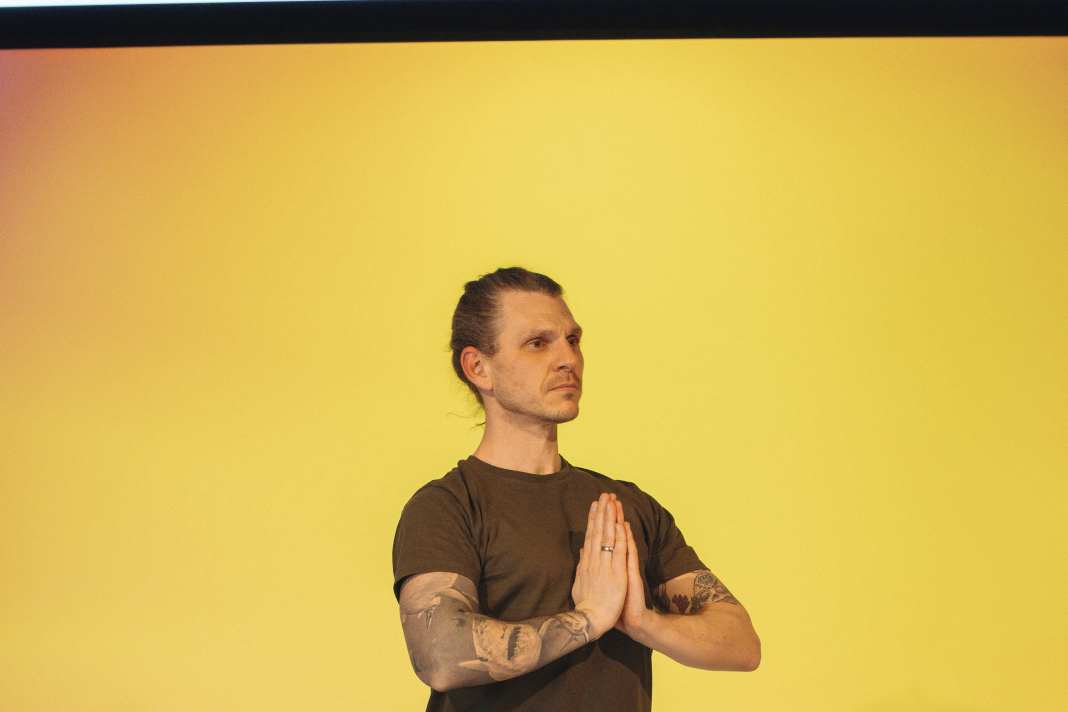



A balance exercise that can be improved by changing the position of the feet. In the beginner's version, place the heel above the ankle joint of the supporting leg. The tips of your feet give you additional support. In the second variation, place the sole of the foot against the side of the calf (NEVER against the knee!). In the third variation, clamp the heel underneath the groin on the thigh. The knee points to the side in all variations. As an enhancement, you can stretch your arms upwards like a tree with large branches. A sign that your thoughts are really with you is when you can close your eyes and remain standing. Attention, please do not do a double loop in the living room.
2. Downward looking dog
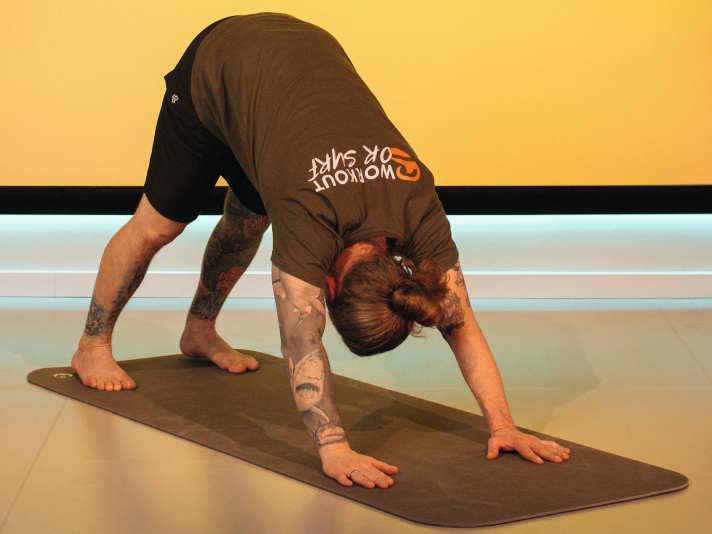
This exercise, in which the buttocks are the highest part of the body, not only strengthens the wrists in its pure form. In addition to stretching the posterior chain, it also activates shoulder and back mobility. The lower back, leg flexors and calves get the stretch they need after a long session on the water. To stay balanced, the core muscles need to work properly.
Keep your legs as straight as possible and try to touch the floor with your heels. The arms are stretched out next to the ears.
Variant "Downward Dog Reach"
Do you want to turn this exercise into a real all-rounder? Go into the "Downward Dog Reach" and tap your feet diagonally with your hands.
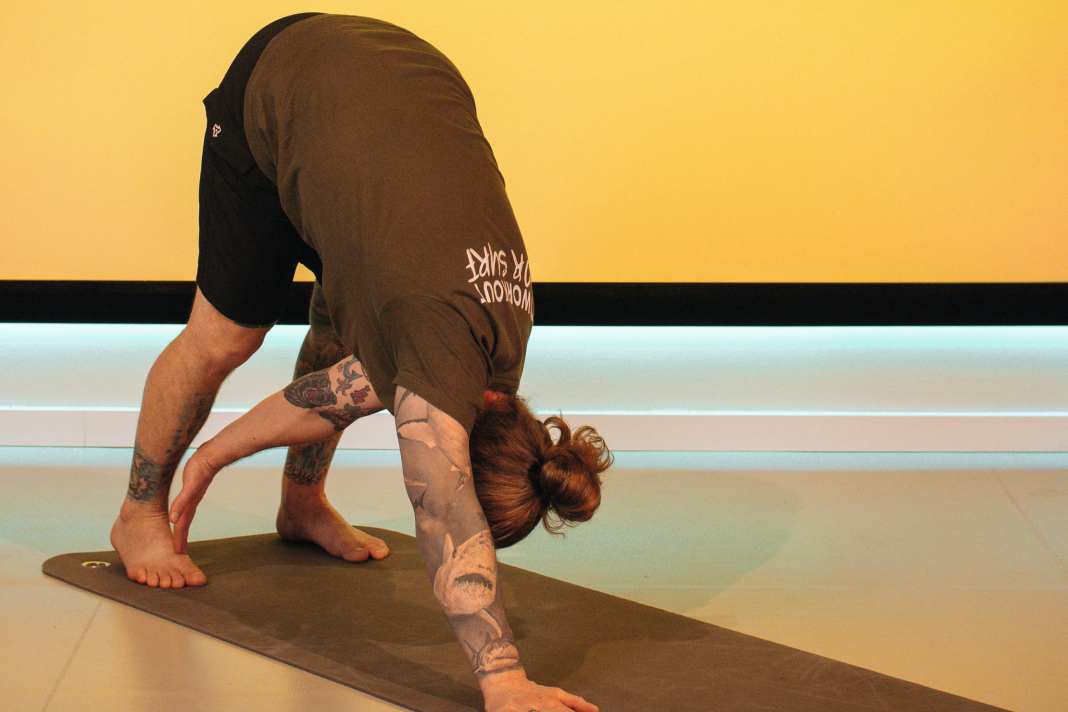


Downward facing dog with focus on the hip
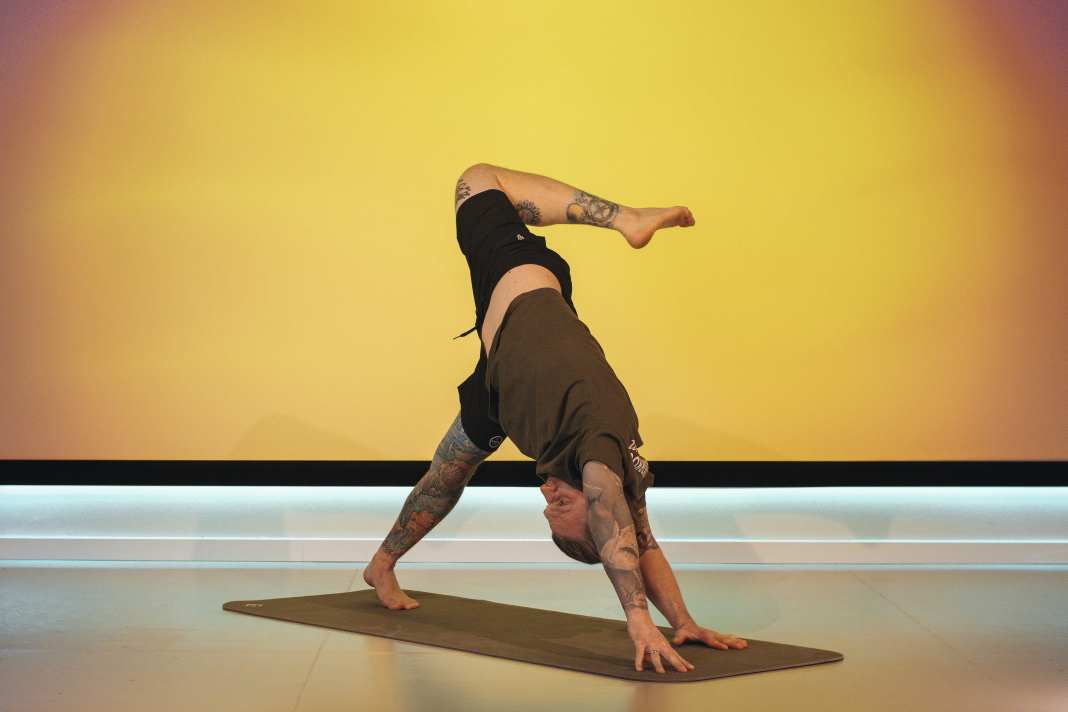


If you want to focus more on your hips, lift your leg sideways. If done correctly, this will catapult your hip power into other spheres - in true Pozo style.
If you stretch your leg backwards and bring your heel towards your buttocks, you are stretching the hip flexor, which is shortened in many people with sedentary jobs. If you now look under your shoulder towards the ceiling, your balance will be required even more.
3. Twisted Chair
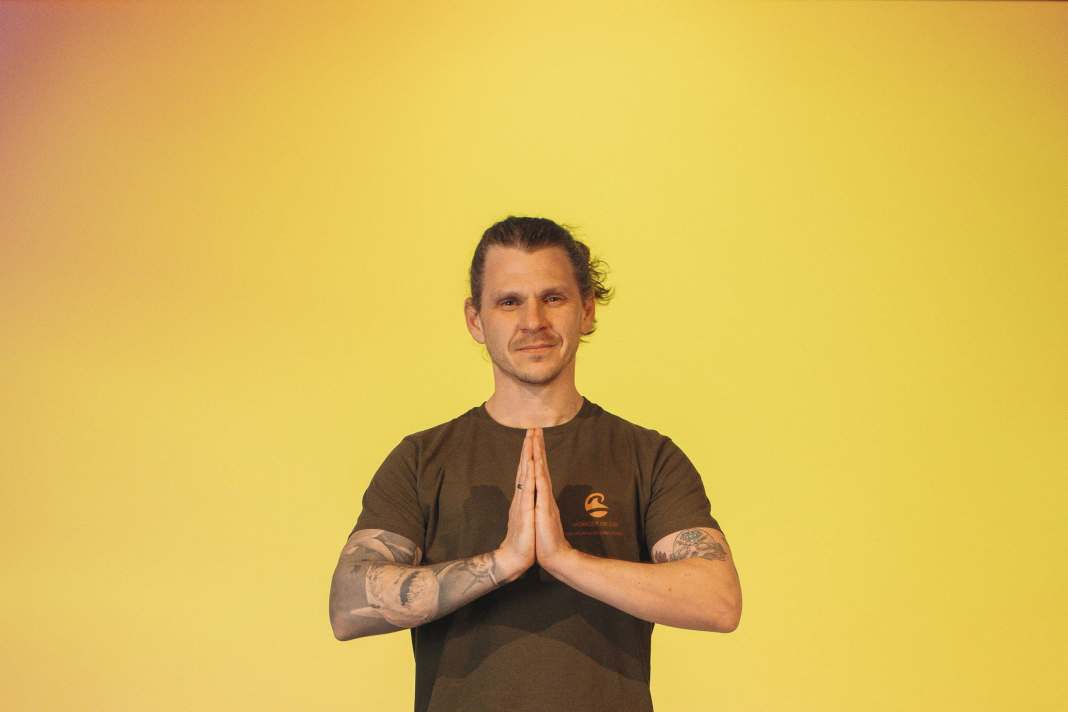



In the traditional version, the knees are close together. However, I like to use this position with a wider foot stance as an exercise in so-called HIIT workouts. Here, you rotate your upper body upwards in the downward movement so that you can rest your triceps on the opposite thigh. Look up at the ceiling over your back shoulder. This really works your lateral abdominal muscles.
Variant: Twisted Chair on one leg

In the one-legged version, you don't rotate your upper body as much, but you train your balance, stability and coordination much more. Control is crucial here and the speed slows down considerably in order to switch back up and onto the other leg.
4. Table Reach
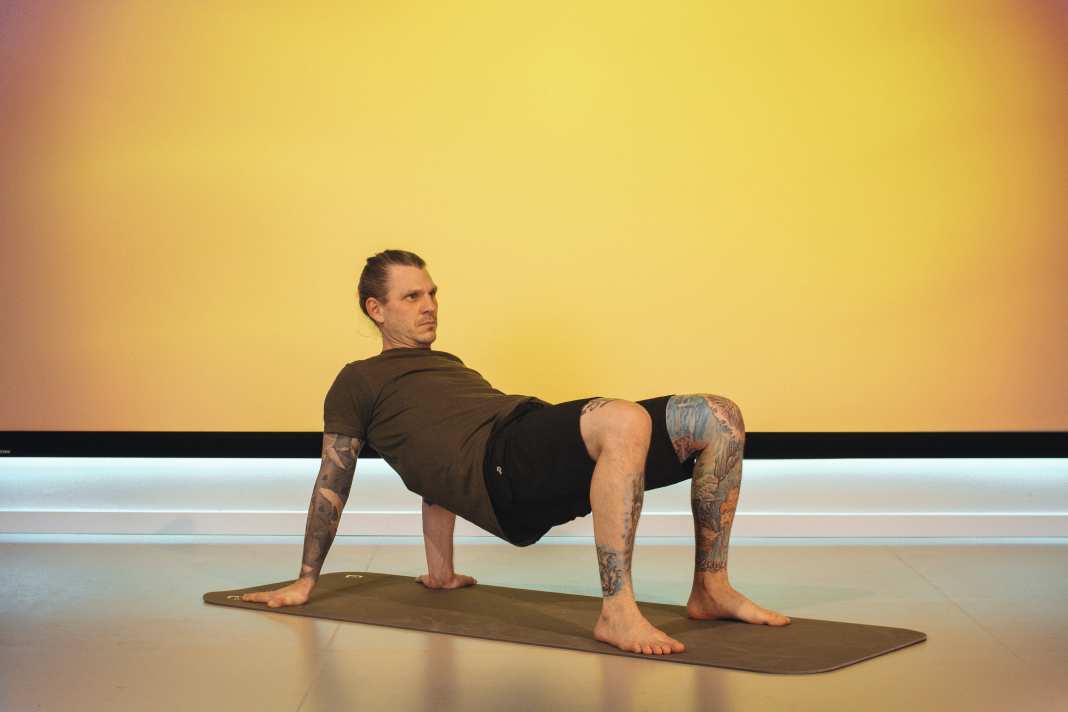



If you lose your balance during the first few attempts and plop down on the mat with your buttocks, this is completely normal. Firstly, find your feet in the table-top position and gradually stretch your legs more to touch them with your hands. I also use the flow of movement here and tap my feet alternately. You will feel your abdominal muscles and your triceps.
! Exercises such as the variations of the Downward-Facing Dog, the pull-up of the arms in a bent-over position or the Twisted Chair can be very challenging with 20 repetitions in 3 sets.
5. Side Plank

From the push-up position, open up to the side and stretch your arm towards the ceiling/sky. Try to keep your arms as straight as possible and your hips in line with your body. It becomes more difficult as soon as you look upwards. Your wrist and shoulder must work properly in this position to maintain your balance.
6. Pigeon Folds
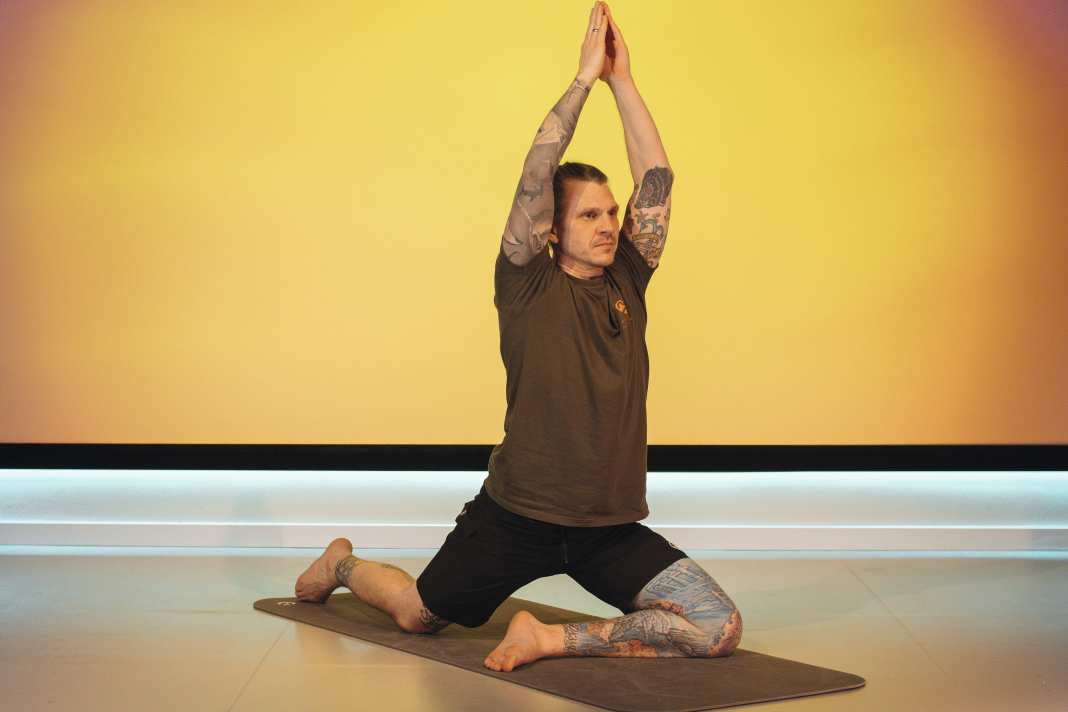


The pigeon (1) alone can be very strenuous for many people and is usually completely sufficient in the static version. However, if you want more and one of the best exercises for opening the hips is not enough for you, then put your upper body down (2) and straighten it up again under your own power without supporting yourself with your hands. Your lower back is performing at its best here, which will allow you to surf for longer in the future if you have to interrupt sessions due to lower back pain. Carefully and slowly work your way up.
7. Warrior lunges
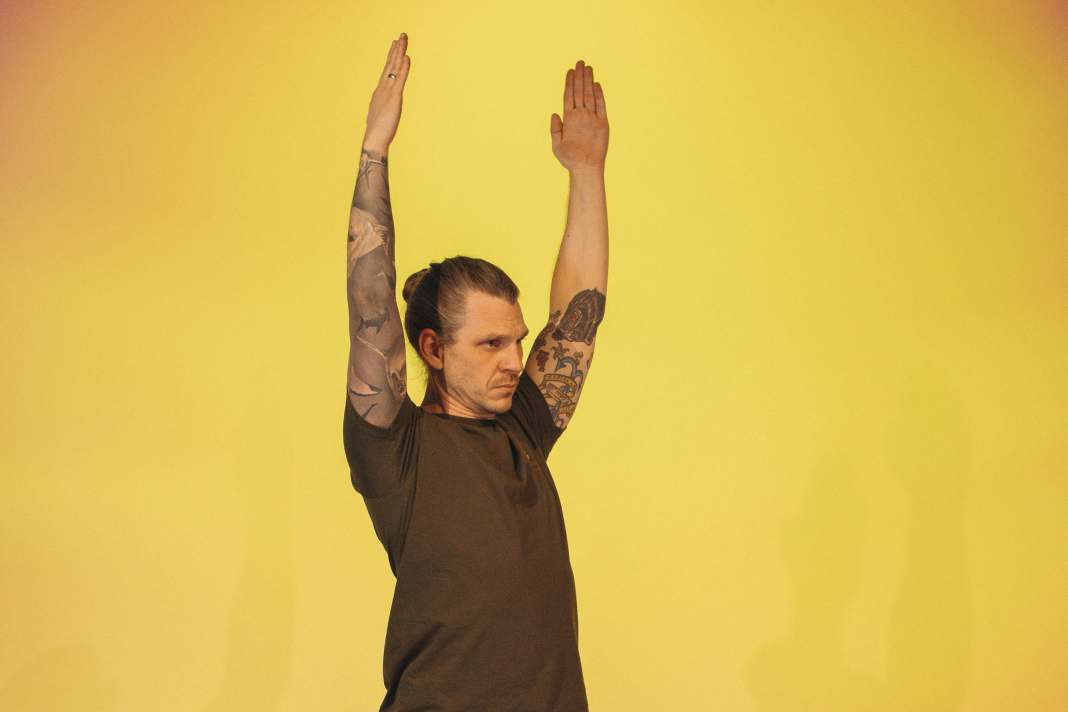


What distinguishes the warrior from the conventional lunge are the arms. They are an extension of the spine and are stretched upwards. This position has a huge impact on your posture and improves your shoulder and back mobility. From here, lower your upper body vertically as if you were in a lift before your knee touches the floor. And now you decide what to do next: if you stay in this low position, you stretch your hip flexors more; if you do it dynamically and keep straightening up, you train your legs even more.
8. The boat
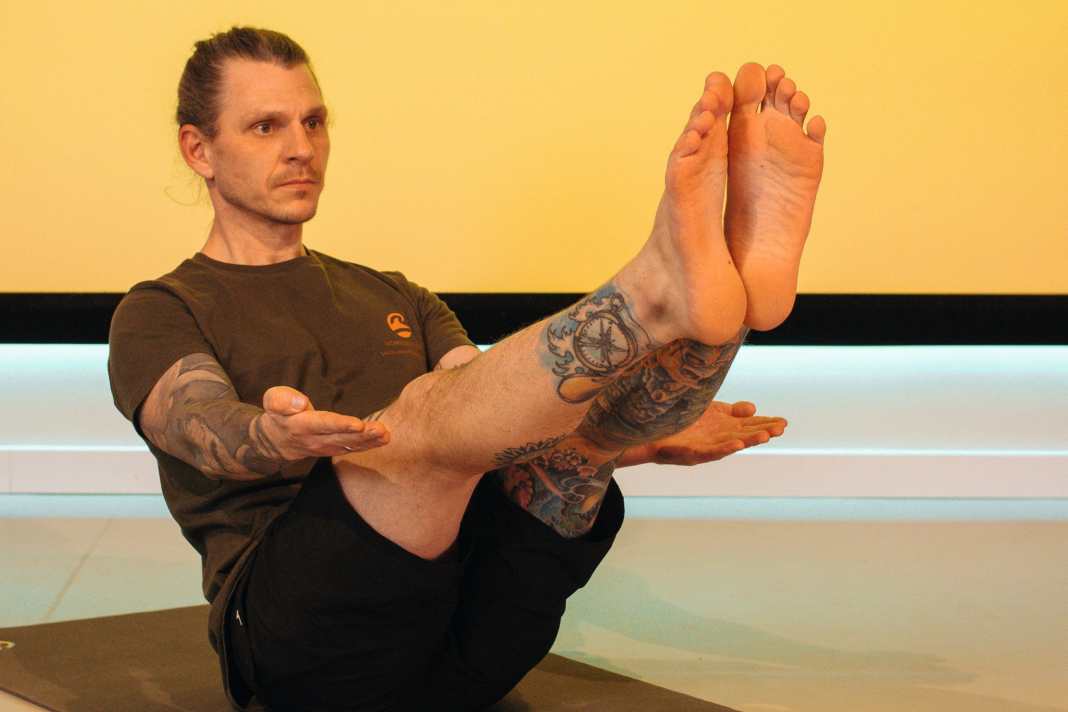



A classic abdominal exercise in yoga. Here you target the straight abdominal muscles very effectively and decide for yourself how hard you want it to be. Place your heels on the floor and lean backwards with your back straight and your chest proud. Extend your arms so that your hands are next to your knees. If you want more, slowly lift your feet. The boat will be heaviest with your legs stretched out further, which may even start to shake a little.
9. Pulling up the arms while standing bent forwards
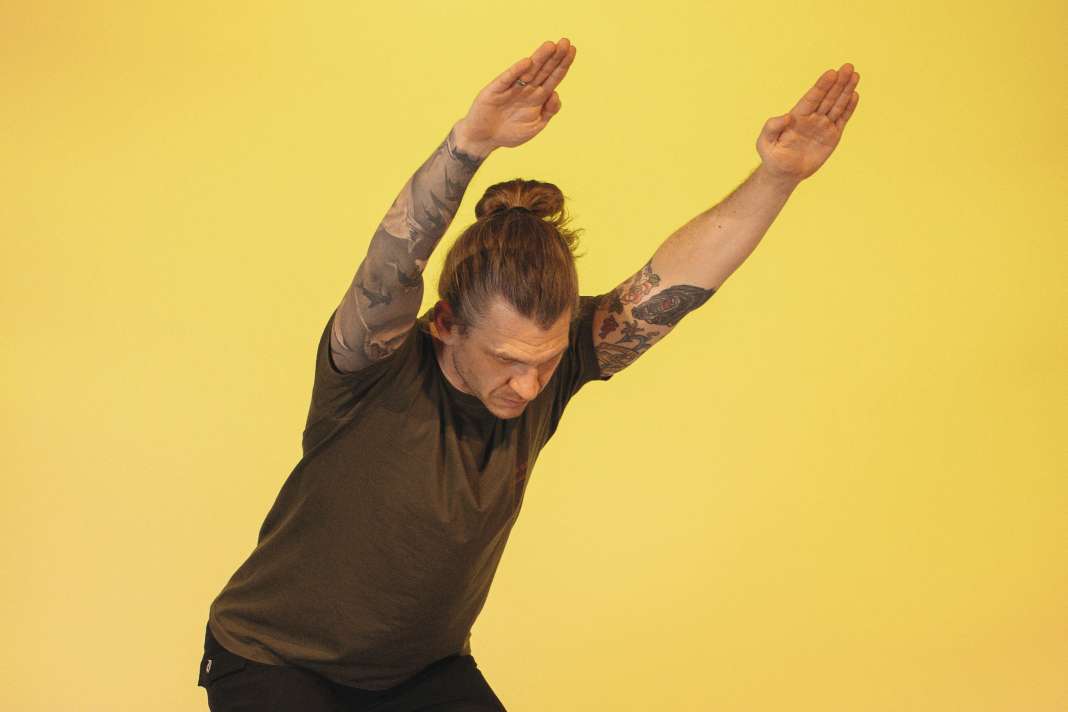



Even after a lot of research, I couldn't find a decent name for this exercise. However, this exercise with the body's own weight is a great workout for the lower back, as it constantly has to compensate for the unbalanced levers with the outstretched arms. From a shoulder-width stance, bend your knees slightly, bend forwards and keep your back straight and your chest proud. In a circular motion, place one hand under your shoulder and next to your chest muscles and return to the starting position with your arms straight. Then continue on the other side. The full potential of this exercise unfolds as soon as your arms are really level with your ears, as this also brings mobility to your shoulders.

